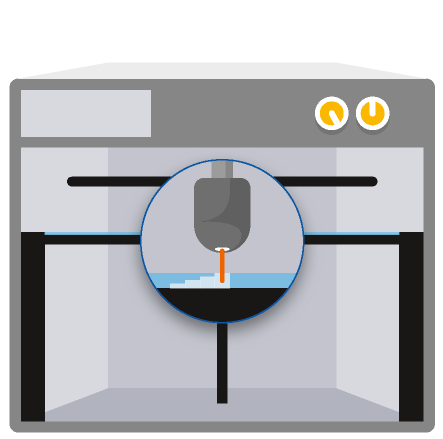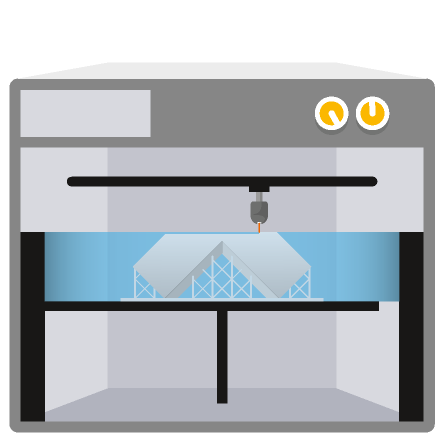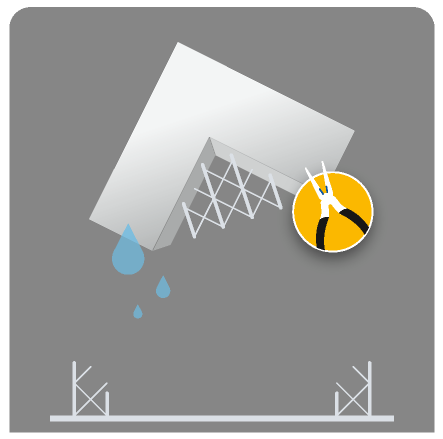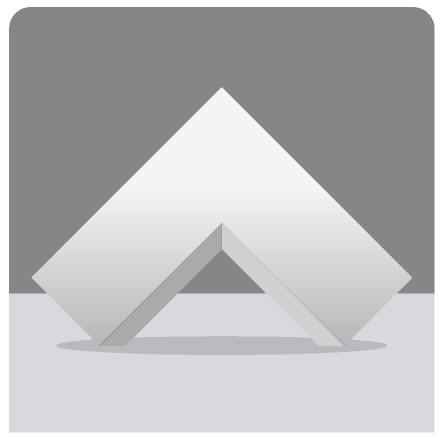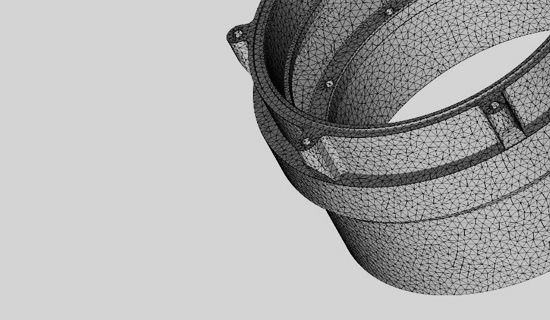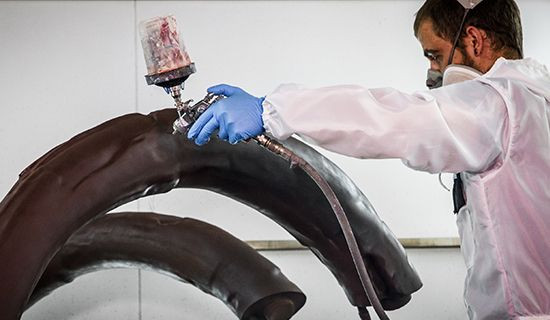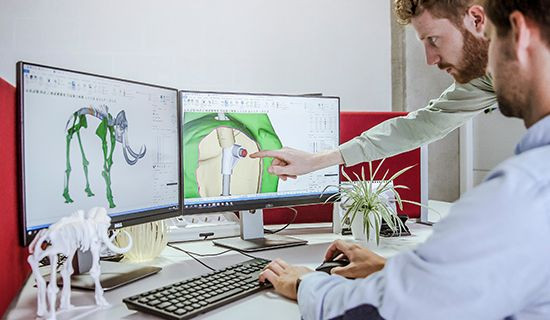Tusk SolidGrey3000 is the world’s first Stereolithography material that combines a high degree of stiffness with high impact resistance, and it is available exclusively at Materialise. Parts built with this material are not only robust, but highly functional as well, allowing them to be used in a wide variety of applications. Ideal applications include automotive body parts, machine covers, functional prototypes, durable concept models and robust scale models.
Technical Specifications
| Standard lead time | Minimum of 3 working days, depending on part size, number of components and finishing degrees |
| Standard accuracy | ±0.2% (with lower limit on ±0.2 mm) |
| Layer thickness | 0.1 mm |
| Minimum wall thickness | 1 – 3 mm (depending on part dimensions) |
| Maximum part dimensions | 2000 x 700 x 788 mm Maximum part dimensions can vary according to the chosen material and the geometry of the part |
| Interlocking or enclosed parts? | No |
| Surface structure | Unfinished parts typically have visible building layers on the surface but post-production finishes can achieve different effects, from high glosses to coarse textures. Stereolithography parts can be sandblasted, painted, varnished, covered and coated |
Datasheet
| MEASUREMENT | VALUE | STANDARD |
|---|---|---|
| Density | 1.18 – 1.2 g/cm³ | |
| Tensile Strength at Yield | 60 – 66 MPa | ASTM D638M |
| Tensile Modulus | 2970 – 3285 MPa | ASTM D638M |
| Elongation at Yield | 3.0% | ASTM D638M |
| Elongation at Break | 4.6 – 7.2% | ASTM D638M |
| Flexural Modulus | 1843 – 2017 MPa | ASTM D790M |
| Notched Izod Impact | 30 – 35 J/m | ASTM D256A |
| Hardness (Shore D) | 84 | ASTM D2240 |
| Water Absorption | 0.36 – 0.40% | ASTM D570-98 0 |
| Glass Transition Temperature | 40 – 48°C | ASTM E1545-05a |
| Heat Deflection Temperature | 53 – 57°C 49 – 57°C |
ASTM D648 - 07B @ 0.46 MPa @ 1.82 MPa |
Actual values may vary with build condition
How Does Stereolithography Work?
Stereolithography is a laser-based technology that uses a UV-sensitive liquid resin. A UV laser beam scans the surface of the resin and selectively hardens the material corresponding to a cross-section of the product, building the 3D part from the bottom to the top. The required supports for overhangs and cavities are automatically generated, and later manually removed.


